Local governments in B.C. will be allowed to adopt mass-timber technology for construction of buildings up to 12 storeys, up from the current allowance of six storeys and ahead of national building code standards.
The announcement has drawn heavy criticism from the Cement Association of Canada (CAC). The association accused the province of bypassing the ongoing 2020 National Building Code of Canada (NBCC) processes and putting residents at risk.
The CAC noted B.C. is at risk for earthquakes but there are no approved seismic design specifications for 12-storey cross-laminated timber buildings for the 2020 National Building Code and recommendations regarding this will not be approved until later this year.
“While the B.C. government’s intent to increase market share for B.C. wood products is understandable, and while the Cement Association supports the (John) Horgan government’s actions to address a severe affordable housing situation, allowing municipalities to approve 12-storey encapsulated mass timber construction in the absence of approved seismic specifications for this form of construction is premature,” said Michael McSweeney, CAC president, in press release. “These discussions are currently ongoing and no decision or recommendations for the use of encapsulated mass timber construction has been made by the NBCC. Canada’s codes and standards system is the envy of the world and all governments should support the development of rigorous codes that hold the trust of the people and protect its citizens.”
The association also added the policy won’t create jobs as the province claims, but instead, shifts them.
“In the majority of towns where we see lumber mills, we also see sand pits, quarries and ready mixed concrete plants, so the government’s action is simply ‘robbing Peter to pay Paul,’ shifting jobs, rather than creating new ones,” said McSweeney. “Governments should not be in the business of picking ‘winners or losers’ over competing building materials.”
The CAC called on the Ministry of Municipal Affairs and Housing to meet with all members of the building materials industry and to put an immediate pause on any regulations for 12-storey encapsulated mass timber buildings.
Lynn Embury-Williams, executive director for Wood WORKS! BC, called the policy shift a positive change.
“It’s a significant advancement from the national code,” said Embury-Williams, noting the changes will require a high degree of encapsulation for fire protection.
“There’s also an allowance for some exposed wood, and we know architects will be really into that,” she said. “The municipalities that have had zoning or permit requests will have help in implementing the code. This is a very positive move and there are plenty of resources to help implement the code.”
Embury-Williams added for B.C.’s normal processes, the change is three years earlier than expected, as it usually follows the National Building Code.
“I admire their foresight and determination to get this done and to get taller wood buildings into B.C.,” she said.
According to the province, studies show wood construction offers significant environmental benefits. Officials estimated the carbon benefit from the wood used in the Brock Commons building at the University of British Columbia (UBC) was equivalent to taking 511 cars off the road for a year.
The CAC took issue with this.
“UBC’s Brock Commons is in truth a composite building, with a significant amount of reinforced concrete used for the foundation, the ground floor podium, the twin elevator shafts and precast concrete stairwells that form the concrete cores,” said McSweeney. “The cross-laminated timber relies on the stiff concrete cores for stability. Without concrete, the building would not be able to support itself. In addition, concrete was used to cover the wood floors and two layers of heavy fire-resistant drywall were applied to encapsulate all of the wood construction.”
Provincial officials stated they expect the 2020 National Building Code to allow mass timber construction up to 12 storeys, and the change will be reflected in the next edition of the BC Building Code. The province added wood technology has been reviewed by the National Building Code committees, fire safety specialists, structural engineers, architects, scientists and builders.


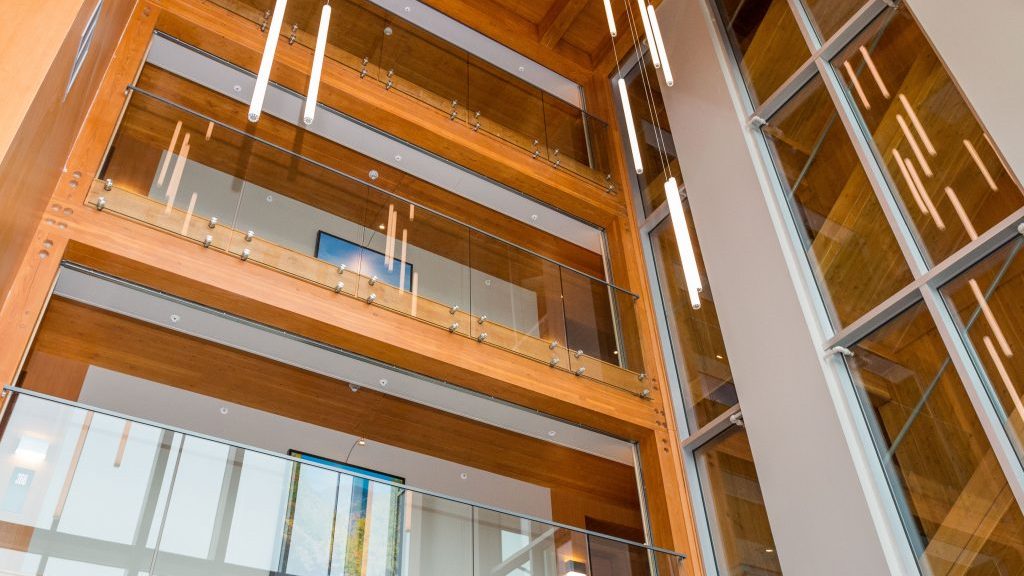

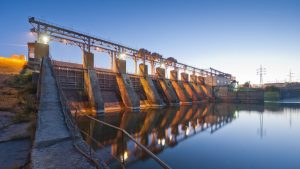

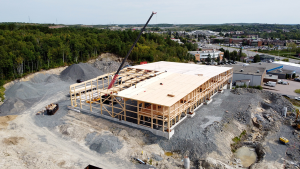
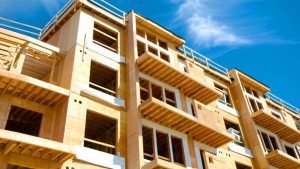
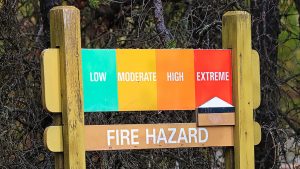


Recent Comments
comments for this post are closed